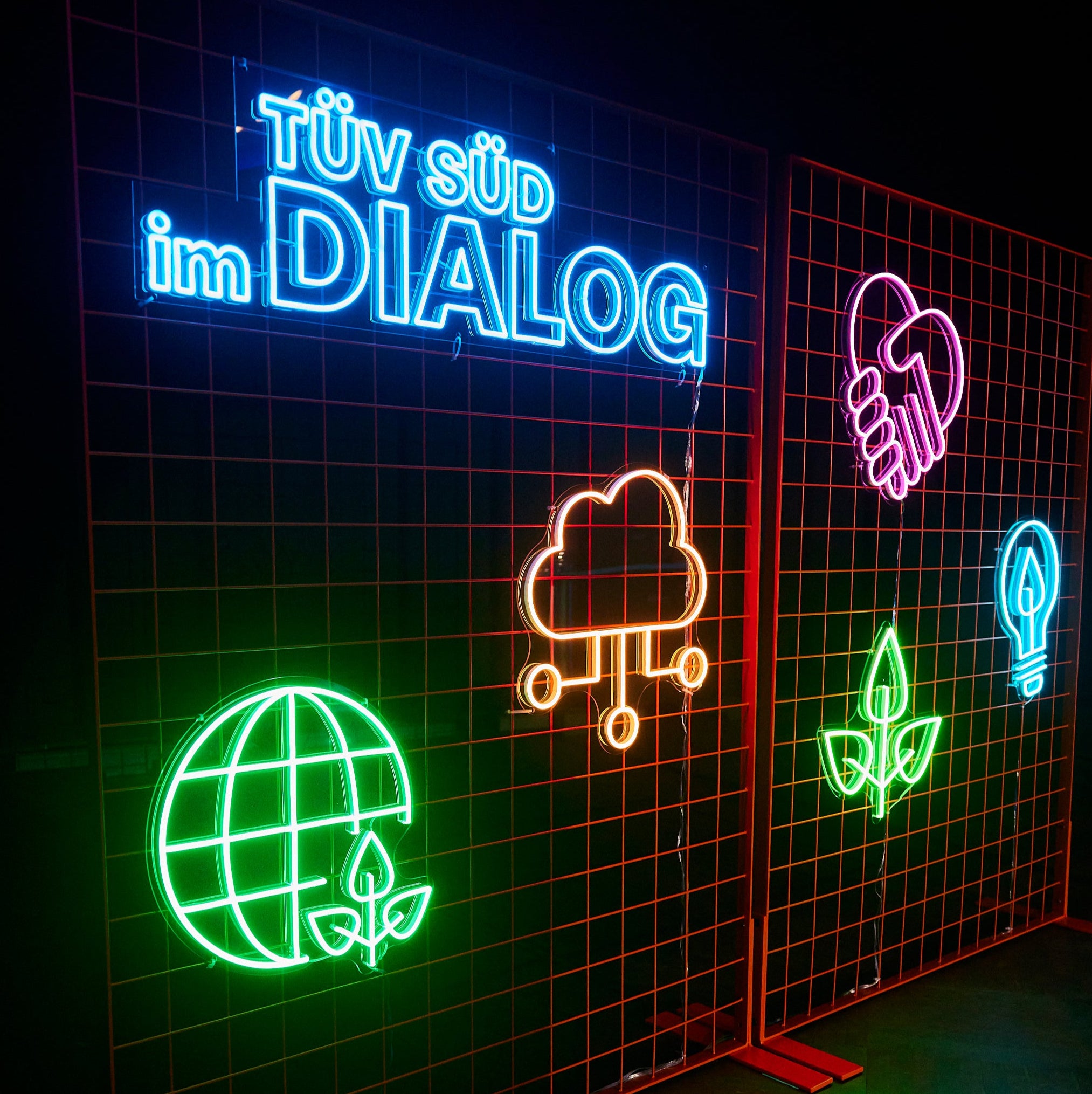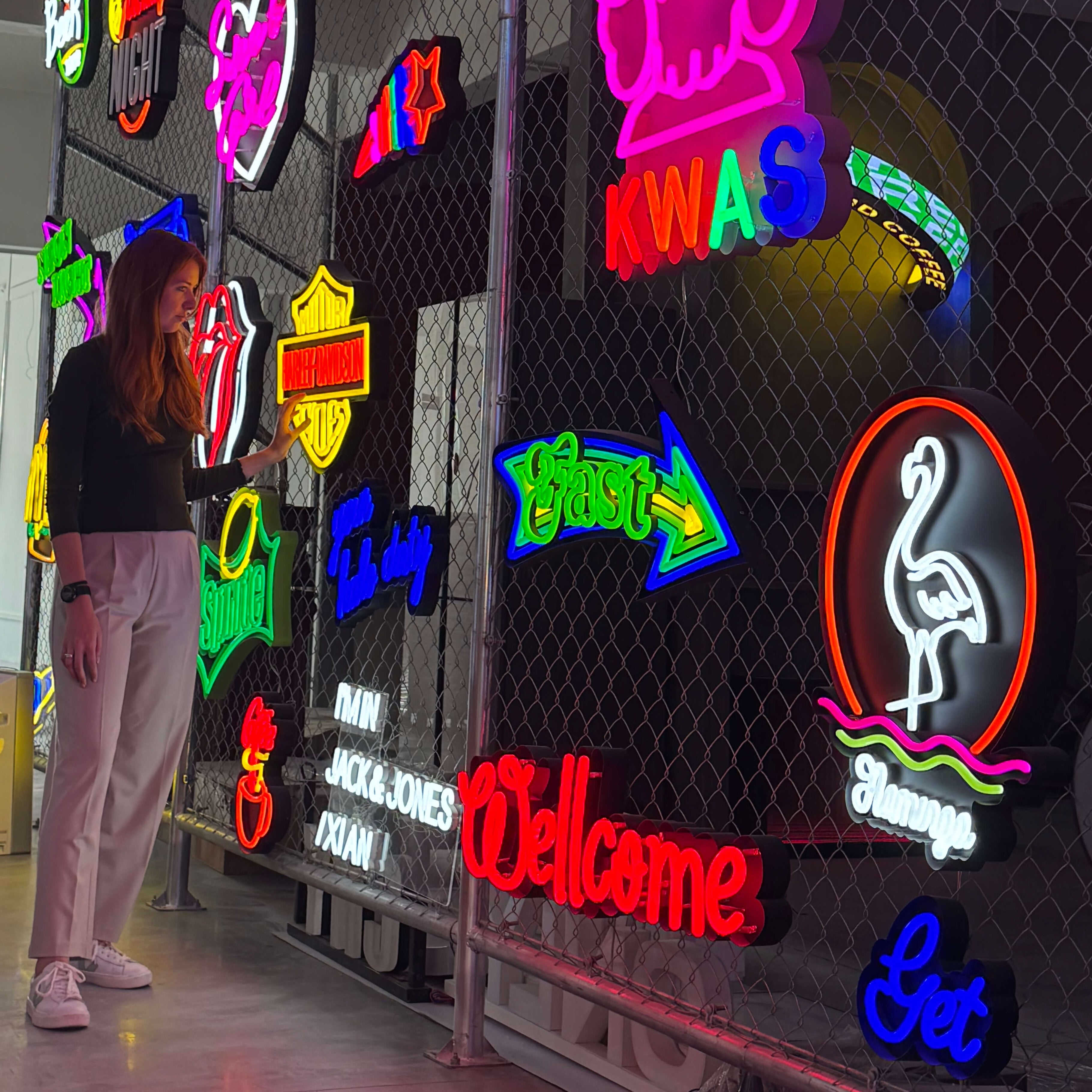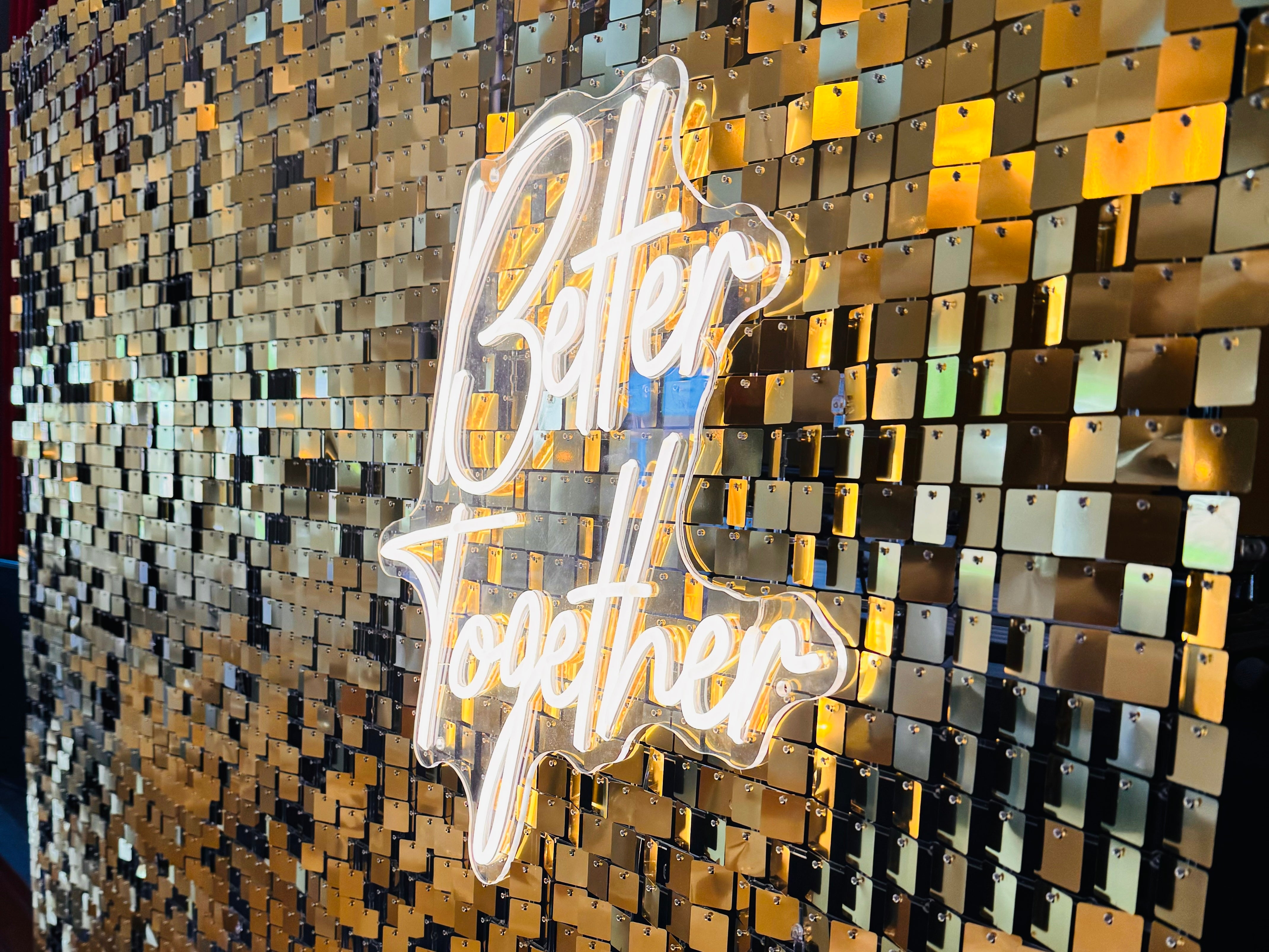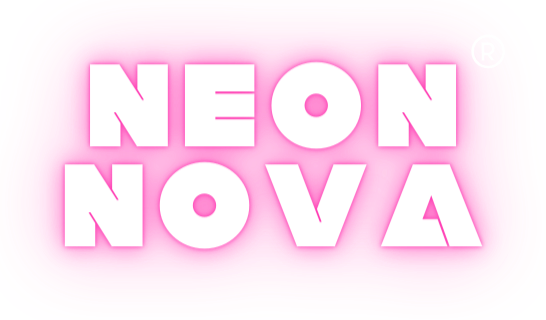Shedding light on the past:
A shining path through time: The evolution of the neon sign from its origins to its status as an iconic element
From their humble beginnings to iconic symbols of cityscapes, the history of neon signs is as vibrant as the lights themselves.
The Golden Age of Neon Signs: Glowing Art
It was 1898 when Sir William Ramsay and Morris Travers made a groundbreaking discovery - neon. This noble gas, found in the Earth's atmosphere, would soon light up the world in ways unimaginable. Fast forward to 1910, and Georges Claude, the French engineer, discovered the potential of neon by inventing the neon lighting system. Using a simple electrical discharge on sealed neon gas tubes, Claude created the first neon light, laying the foundation for what was to come.
From Paris to Vegas: The global distribution and significance of neon signs
Neon signs appeared at the beginning of the 20th century, casting their glow on the streets of Paris and captivating the world with their brilliance. It wasn't long before they crossed the Atlantic and found a new home in the metropolises of America. In the Roaring Twenties and the Art Deco era, neon signs became synonymous with modernity and glamour, adorning the facades of theaters, hotels and skyscrapers. From the dazzling marquees of Broadway to the neon-lit alleys of Las Vegas, these neon lamps sparked the imagination and transformed the urban landscape.
 Neon signs through the ages
Neon signs through the ages
As the decades passed, neon lights continued to evolve, embracing new technologies and pushing the boundaries of creativity. Innovations in tube bending, phosphor coatings and color options paved the way for even more stunning lighting displays. Businesses of all kinds used neon as a powerful tool for advertising, branding and creating a unique identity. But beyond commerce, neon signs became cultural landmarks, beloved by locals and tourists alike for their nostalgic charm and timeless appeal.
The neon sign as a cultural symbol: More than just light
Today, neon signs are considered permanent symbols of the past, present and future. LED neon signs have prevailed; they exude something nostalgic and are more innovative than ever before. They are also much quieter than their predecessors made of glass and neon. Whether it is the neon of a vintage restaurant or the pulsating lights of a modern art installation, these glowing works of art never cease to fascinate and inspire. Neon signs remain a shining symbol of innovation and creativity.












